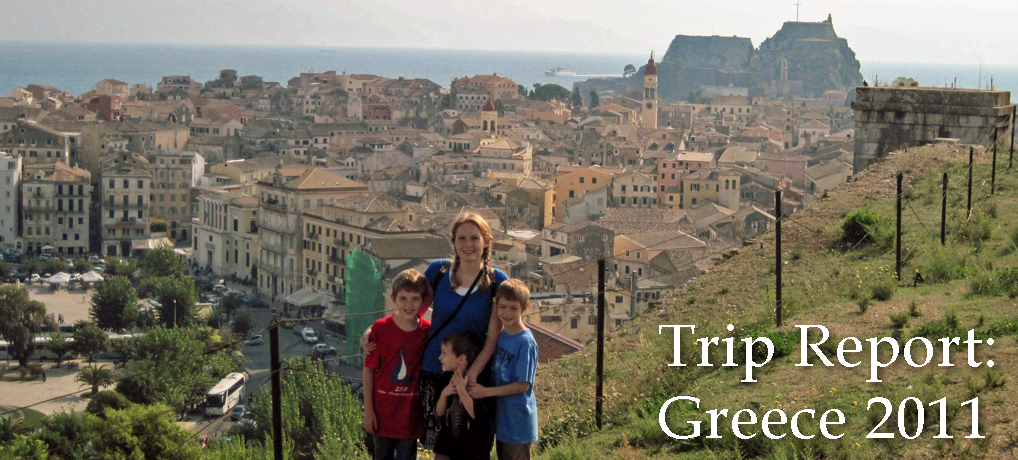 In October 2011 we set off for a glorious week in sunny Greece. (We didn’t know how lucky we were that it WAS sunny–apparently October is usually non-stop rain.)
In October 2011 we set off for a glorious week in sunny Greece. (We didn’t know how lucky we were that it WAS sunny–apparently October is usually non-stop rain.)
We arrived in Athens late at night and took the airport bus to Syntagma Square. We knew this was close to our hotel, so set off on foot to find it. This was stupid. Don’t do this. We wandered for close to an hour through probably-unsafe-at-this-hour streets before finally locating our hotel (which was a short 3 minute walk from the square.) Next time, we’ll have exact directions or get a taxi.
Our hotel was just okay, but perfectly located for exploring Athens on foot. After a breakfast of pastries and real Greek yogurt, we headed out to find the Acropolis. I was a bit nervous about this experience, since it’s one of those locations that get built up in your head for decades until you are sure there is no way the reality can live up to the expectation. Happily, I was wrong. There is a magical quality to the Acropolis Hill that triumphs over crowds, heat, restoration equipment and noisy tour groups. It’s just the way you imagined it would be, and the kids (especially Ancient-Greece-ophile Cletus) were thrilled.
After a few hours at the Acropolis, we made our way back down to the Temple of Olympian Zeus. The most surprising thing about Greece is that there is so. much. stuff. Ruins and temples and archaeological digs are everywhere, and the sheer volume of amazing stuff that you’ve never even heard of is staggering. The kids were in heaven, discovering ancient sites every time we turned a corner. Even the playgrounds are surrounded by, or sometimes built on, ancient ruins. As Americans Who Are Impressed With Anything Old, it was mind boggling.
Day Two was spent exploring the relatively modern areas of Syntagma Square and the Plaka. Not-so-ancient Medieval churches and buildings are scattered between Renaissance and 19th Century architecture, and make each street a fun treasure hunt. But the kids’ favorite, hands down, was watching the guards at Syntagma Square performing their ridiculously entertaining march in front of the Tomb of the Unknown Soldier. Try as we might to be serious, it was impossible not to be giddy in the face of such awesome outfits and putting-John-Cleese-to-shame Silly Walks. Delightful.
The afternoon (most afternoons in Athens, actually) were spent enjoying the gorgeous National Gardens. Beautiful winding pathways lead through trees and flowers to even more ruins, a delicious little stone library, a zoo and, crucially, the famous “swingey-fly-ey thing” in the “best playground ever.” The boys made some new Greek friends while mom and dad had a break sitting on the park benches. And, of course, we all ate lots of ice cream.
Day Three: Off we flew to our second location, the island of Corfu. A short hopper flight brought us to the island where we spent several days enjoying the sun and sand (and, as we learned later, missing the taxi strike in Athens. Convenient.) We stayed in a lovely apartment-style hotel in Dassia, but spent most of our time at Paleokastritsta, a gorgeous beach on the other side of the island. Dassia was too resort-ified for us, but we did spent many hours on our hotel’s private beach nearby, digging for “ancient Greek pots” and watching the local men take their morning swims. I was especially charmed by the ruined church right on “our” beach, a touch that made it seem straight out of a storybook.
But most afternoons were spent on the Paleo side of the island, swimming, digging sand castles and rubbing elbows with the crowds of other tourists visiting this famous beach. When we tired of the water or the lightning storms chased us out, we hiked up the hill to visit the Paleokastritsa Monastery and enjoy the spectacular views over the island.
The next day we ventured down the coast to Kerkira, also known as Corfu Town. Heavily influenced by the Venetians, it was very Italian in architecture and very ancient in feel. We first visited the “New Fort” built in the 16th Century, and had a glorious time exploring the nooks and crannies of the massive fortress. It brought to life what it must have been like to live on the island 500 years ago, and how real the dangers were.
A lovely surprise at the end was discovering that the usefulness of the fort hasn’t ended. One section still houses an elementary school, and the moat is now the home of a surreal farmers’ market.
After lunch and a stroll across the town, we visited the “Old Fort,” the 15th Century Venetian fortress. Though much of the fortress is still used by the military, a large section is open for visitors, and we enjoyed seeing the lighthouses, churches, prison cells and military barracks spread over the huge site.
Another anachronistic shock awaited us as we reached the fortified walls looking out over the ocean (with cannon windows and arrow slits intact) and heard modern bebop jazz streaming out the windows of the Ionian University School of Music that occupies an 18th Century section of the Fort. Wonderful! We also made some new Dutch and Swiss friends during a sudden deluge when we huddled together under an ancient bridge to shield ourselves (too late) from the rain.
Back to Athens for one last day, which was spent visiting the New Acropolis Museum, a state-of-the-art museum showcasing all the artifacts found in the centuries of excavation at the Acropolis. Even with some famous missing artifacts highlighted (like the brilliant Elgin Marbles exhibit which made it very clear how Greece feels about the British Museum’s refusal to return the stolen marbles) the volume of artifacts here was incredible. We spent many hours wandering through the exhibits and still didn’t see everything. The active digs taking place right under the glass walkway leading to the museum itself were equally fascinating, and gave a feeling of continuity to the whole experience. What was discovered today may well grace the upstairs hallways tomorrow.
After lunch, we spent the rest of the day exploring the Ancient Agora, the ruined town that was the support system for the temple complex on Acropolis Hill. Packed with ruined shops, homes, small temples and markets, it was a fascinating peek into the everyday life of the people who lived their lives at the feet of the Parthenon. Our favorite was the Temple of Hephaestus, the most complete example of a temple in Athens, and it gave us a much better idea of what the Parthenon must have looked like in its prime.
One last thing that must be mentioned, that would have made Greece a worthy location even without all the other Glorious Things that it holds. Greek food. Greek food, worth the plane ticket itself. Greek salad, moussaka, feta, kalamata olives, gyros, tzatziki, baklava, pastitsio . . . So, so, so, so good. So. Good. You know the difference between a December grocery store tomato and the one you pick right off the vine in your garden? Greek tomatoes are that much better again than your garden ones. Ditto cucumbers. You never knew cucumbers could taste this good. And they can’t, anywhere but Greece. We could have survived on cucumbers and tomatoes alone. If it weren’t for, you know, everything else being equally to die for.
And I have to give one final shout out to the Smile Cafe in Athens. When you arrive in Greece, you start thinking how you wish you could find an “authentic” restaurant where the owners will pinch your cheek and tell you what to order and compliment your children and make you a special order and just generally be straight out of every Real Greece daydream you ever had. This is that place. It’s worth 100 Euro to eat here, but luckily it’s also extremely affordable. And Zoe The Greek Waitress, as she will forever be known, is delightful and adorable. She even became (briefly) engaged to Lemmy. We could have eaten every meal there. Don’t miss it!
|
Need to Know Before You Go |
|
| Visas needed? (US Passport holders) | no |
| Best time to visit | June-Sept |
Want more? Read our other trip reports here!
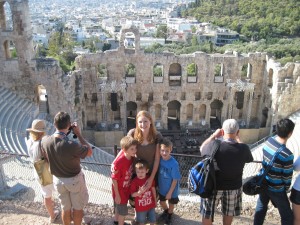
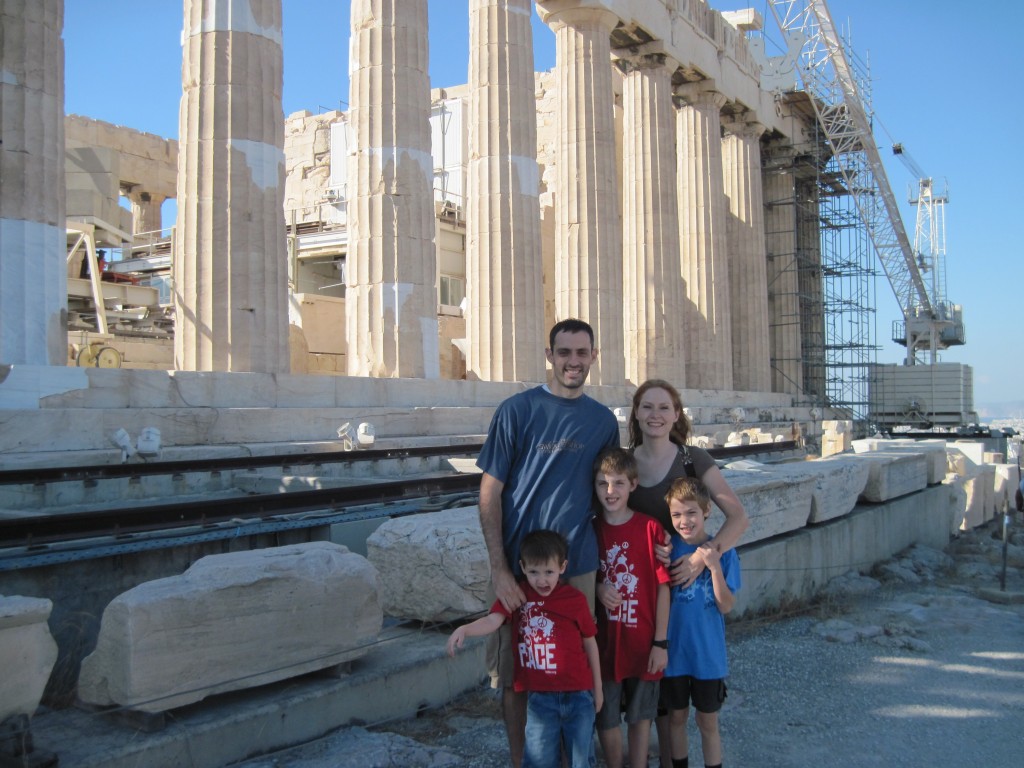
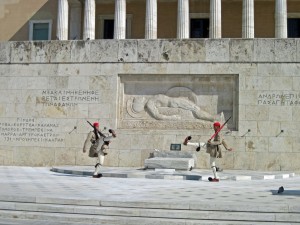
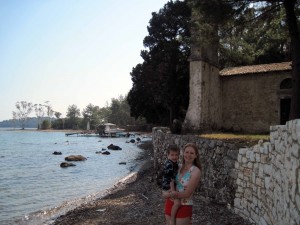
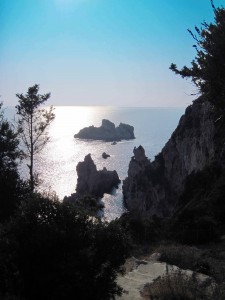
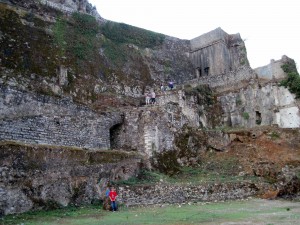
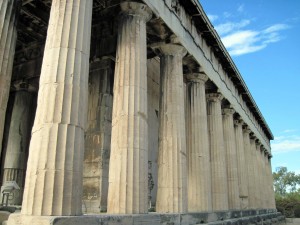
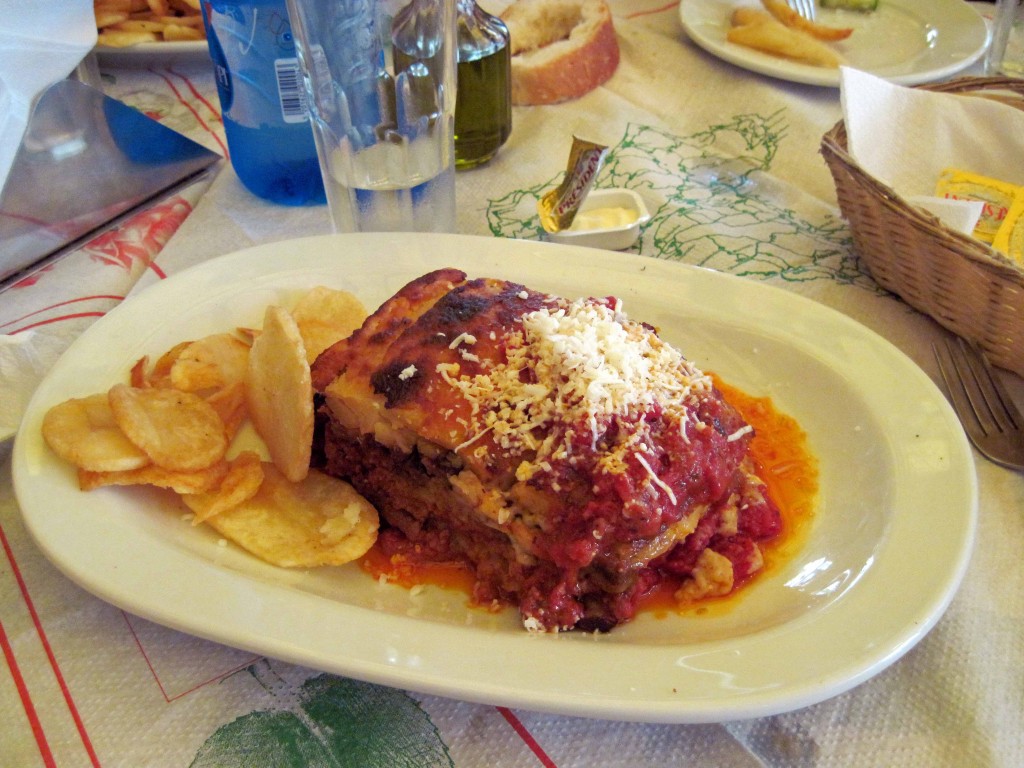
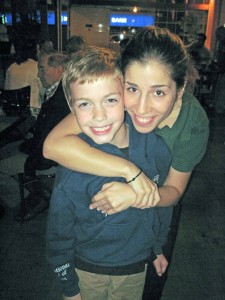
Looks amazing! And why would i laugh at the pom poms when I could laugh at the high stepping??